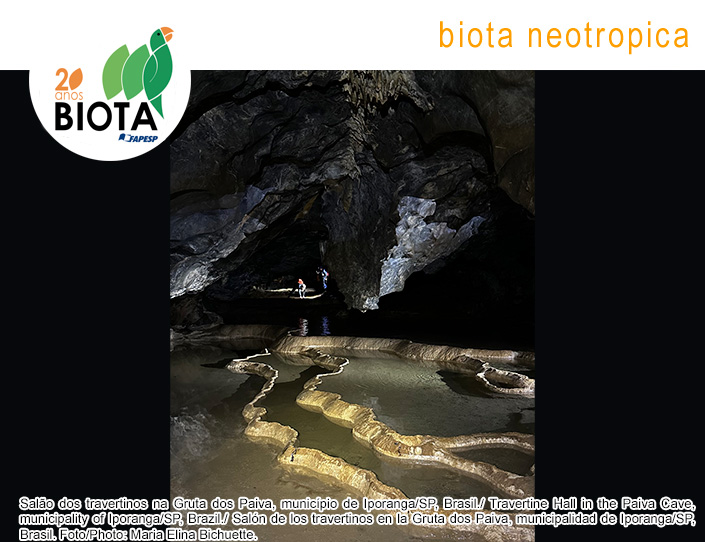Medium and large-sized mammals in a mosaic within the MATOPIBA agricultural frontier, Brazil
Abstract
Abstract The expansion of large-scale agriculture has profoundly transformed natural ecosystems, particularly in tropical biomes like the Brazilian Cerrado. As one of Brazil’s most active agricultural frontiers, the Cerrado – especially in its northern portion – is rapidly shrinking. Although modified landscapes generally support lower biodiversity than pristine areas, small remnants of native vegetation remain vital for conservation. Using camera traps, we monitored medium and large-sized mammals across an agricultural mosaic in the Cerrado between Bahia and Tocantins, Brazil, in a landscape dominated by soybean crops. We surveyed seven sites over four campaigns (2020–2024), totaling 15,858 trap-days, and recorded 32 native mammals, four domestic, and one exotic species. Twelve species are threatened in Bahia, including Chrysocyon brachyurus, Panthera onca, Tapirus terrestris, and Tolypeutes tricinctus. Additionally, Leopardus braccatus and Blastocerus dichotomus are nationally threatened, indicating regional listings may increase. Cerdocyon thous, Subulo gouazoubira, and C. brachyurus were the most frequently recorded species, while exotic (Sus scrofa) and domestic (Canis lupus familiaris) species were also widespread. Assemblages shared only ~16% of species, with nine detected exclusively at four sites. Although sites with greater sampling effort had more similar compositions, species richness per campaign was not significantly correlated with effort (Adj-R2 = 0.004, p = 0.32) or the amount of native vegetation (Adj-R2 = 0.06, p = 0.08), suggesting other factors are shaping assemblage structure. Rarefaction curves did not reach an asymptote at any site; however, extrapolation suggests species accumulation will stabilize with modest additional effort at two sites, while others may yield more species. Overall, the study area harbors 74% of the mammal species expected in the Cerrado of Bahia, with total richness comparable to preserved and protected areas. Nonetheless, site-level richness was relatively low, despite a high proportion of threatened species (27–37%). These results underscore the conservation value of small vegetation remnants in human-modified landscapes, even under intensive agriculture. However, reconciling agricultural expansion with biodiversity conservation remains essential to ensuring long-term species persistence.Published
2025-01-01
How to Cite
Magioli, M., Gomes, P. D., Azzolin, R. N., Paula, R. C. de, & Rosa, G. (2025). Medium and large-sized mammals in a mosaic within the MATOPIBA agricultural frontier, Brazil. Biota Neotropica, 25(3). Retrieved from https://www.biotaneotropica.org.br/BN/article/view/2135
Issue
Section
Inventories
